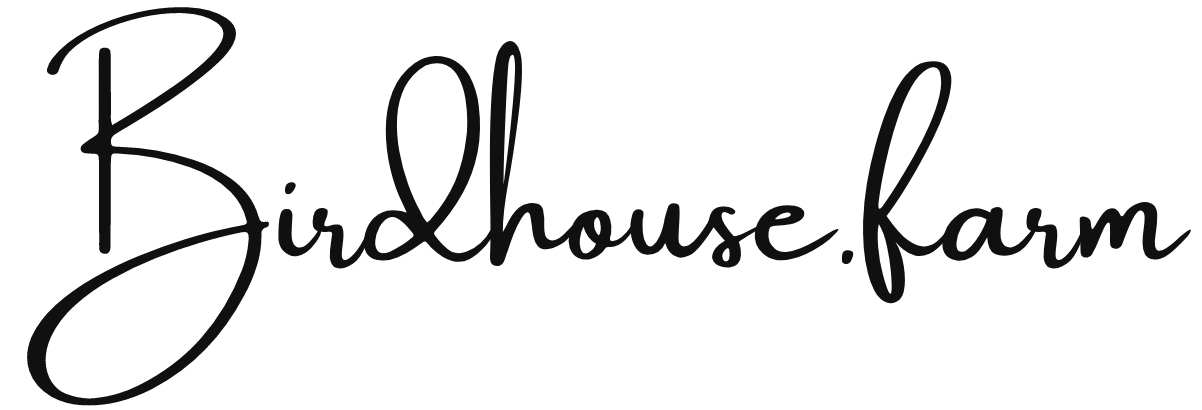Creating Pollinator-Friendly Spaces: Tips for Attracting Bees, Butterflies, +More
Pollinators play a crucial role in our ecosystems, supporting the growth of plants, producing food, and maintaining biodiversity. Creating a pollinator-friendly garden not only helps these essential creatures but also adds beauty and life to your outdoor space. Here’s how you can design a garden that attracts bees, butterflies, and other pollinators.
1. Choose the Right Plants
Native Plants: Native plants are adapted to local climates and provide the best food and habitat for pollinators. They offer nectar and pollen that local pollinators have evolved to utilize.
Diverse Plant Selection: Incorporate a variety of plants that bloom at different times of the year to provide a continuous food source. Include both flowering perennials and annuals.
Colorful Blooms: Bees are attracted to blue, purple, and yellow flowers, while butterflies prefer bright red, orange, and pink blooms.
2. Provide Habitats and Shelter
Create Nests: Include bee hotels, brush piles, or rock piles to provide nesting sites for pollinators. Many solitary bees need places to lay their eggs.
Butterfly Houses: Install butterfly houses or make simple shelters from logs or wood piles to offer resting spots for butterflies.
Water Sources: A shallow water source with stones for landing is essential. A birdbath with pebbles or a small pond can serve this purpose.
3. Avoid Pesticides
Natural Pest Control: Use natural methods for pest control, such as encouraging beneficial insects like ladybugs or using soapy water and neem oil. Avoid chemical pesticides that can harm pollinators.
Organic Practices: Opt for organic gardening practices that support a healthy ecosystem and avoid using synthetic fertilizers and pesticides.
4. Design for Pollinator Accessibility
Plant in Clusters: Group plants together in clusters rather than single rows to make it easier for pollinators to find their food.
Choose the Right Size: Select plants with different flower shapes and sizes to accommodate various pollinators. For instance, tubular flowers are great for hummingbirds, while flat-topped flowers are ideal for butterflies.
5. Encourage Pollinator Diversity
Plant for All Pollinators: Include plants that attract a variety of pollinators, including bees, butterflies, moths, and hummingbirds. This helps support a balanced and diverse ecosystem.
Host Plants for Caterpillars: Provide host plants for caterpillars of butterflies, such as milkweed for monarchs or dill for swallowtails.
Pollinator-Friendly Gardens in Kansas and Colorado
Kansas:
Native Plants: In Kansas, native plants such as coneflowers, black-eyed Susans, blazing stars, and milkweed are excellent choices. These plants are well-suited to the Kansas climate and attract a variety of pollinators.
Pollinator-Friendly Design: Given Kansas’s hot, dry summers, incorporate drought-tolerant plants like bee balm and prairie clover. Design your garden with native grasses and wildflowers to create a natural, prairie-like environment.
Seasonal Interest: Include plants that bloom at different times of the year to provide food for pollinators throughout the growing season. For example, goldenrods and asters offer late-season nectar.
Colorado:
Native Plants: In Colorado, plants like columbine, lupine, penstemon, and sunflowers are ideal for attracting local pollinators. These species are adapted to Colorado’s varied elevations and climates.
High Elevation Considerations: For gardens at higher elevations, focus on hardy plants such as rocky mountain penstemon and blue flax that can withstand cooler temperatures and strong sunlight.
Water Sources: Due to Colorado’s semi-arid climate, providing a water source is crucial. Consider adding a small, decorative pond or a drip irrigation system with shallow dishes for water.
By creating a pollinator-friendly garden, you’re not only helping vital species thrive but also enhancing the beauty and health of your own outdoor space. Whether you’re in Kansas, Colorado, or elsewhere, these tips can guide you in designing a garden that supports and delights pollinators throughout the seasons.
